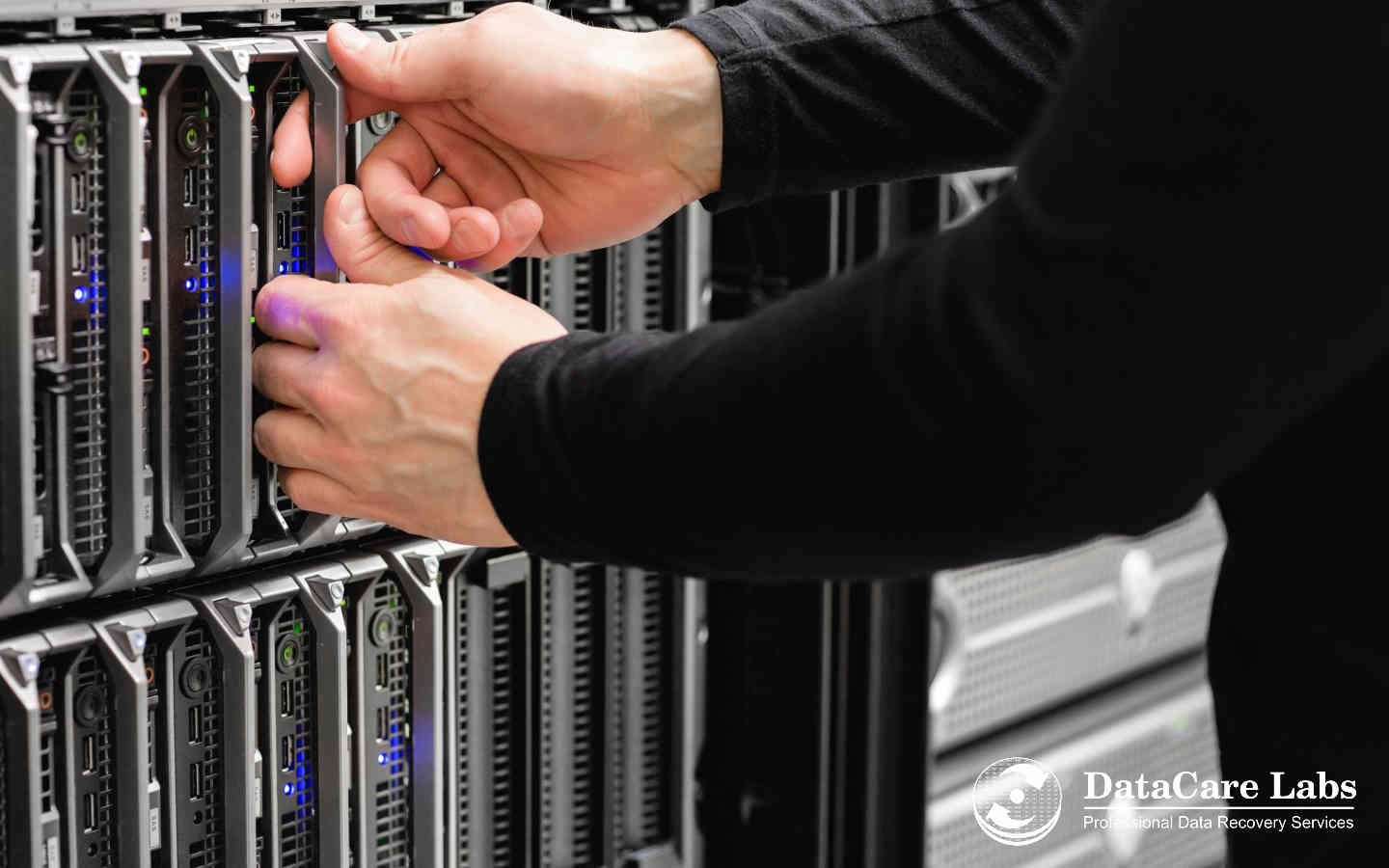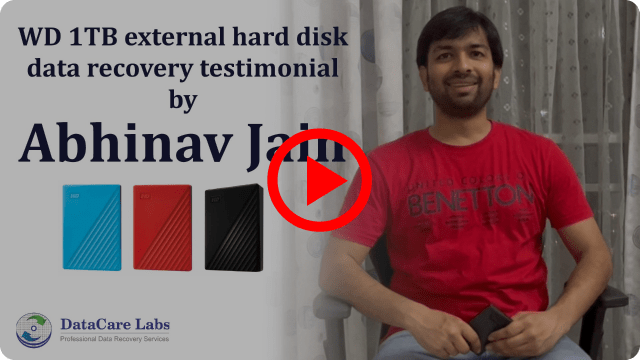Server Data Recovery
Server Data Recovery: Reliable Solutions for Server Failures
Experiencing server data loss? DataCare Labs is your go-to expert! Our Server Data Recovery Services offer free diagnostics, rapid recovery times, and guaranteed data confidentiality to restore your critical information quickly and securely.
Server Data Recovery: Reliable Solutions for Server Failures
Experiencing server data loss? DataCare Labs is your go-to expert! Our Server Data Recovery Services offer free diagnostics, rapid recovery times, and guaranteed data confidentiality to restore your critical information quickly and securely.
Class 100 Clean-Room
A controlled environment that has a low level of environmental pollutants
Advanced Data Recovery Lab
Advanced world-class tools are those that are highly sophisticated and state-of-the-art
Data Security
Various encryption algorithms and techniques will be used in the recovery process.
Server Data Recovery Experts
Server data recovery involves specialized methods tailored to the type of failure encountered. For logical failures, where data is corrupted or inaccessible but the hardware is functional, software solutions can often recover the data. More complex issues, such as RAID array failures or physical damage to server components, require advanced techniques and tools. Servers often use RAID configurations for data redundancy and performance.

When a RAID array fails, it can cause significant data loss. Specialized hardware tools and professional expertise are needed to rebuild and recover data from damaged RAID arrays. These tools must support the specific RAID level and configuration used by the server. Regular maintenance and monitoring are crucial to prevent such failures and ensure the server’s data integrity.
In addition to RAID-related issues, server data recovery labs also handle other complex problems such as firmware corruption, electronic failures, and mechanical damage. These situations necessitate a controlled environment, often a clean room, to safely repair and recover data from sensitive components. Advanced diagnostic equipment and techniques are employed to meticulously restore data while minimizing the risk of further damage. Leveraging the expertise of skilled technicians, data recovery labs can address a wide range of server failures, ensuring the best possible outcome for data retrieval.
Server data recovery involves specialized methods tailored to the type of failure encountered. For logical failures, where data is corrupted or inaccessible but the hardware is functional, software solutions can often recover the data. More complex issues, such as RAID array failures or physical damage to server components, require advanced techniques and tools. Servers often use RAID configurations for data redundancy and performance. When a RAID array fails, it can cause significant data loss. Specialized hardware tools and professional expertise are needed to rebuild and recover data from damaged RAID arrays. These tools must support the specific RAID level and configuration used by the server. Regular maintenance and monitoring are crucial to prevent such failures and ensure the server’s data integrity.
In addition to RAID-related issues, server data recovery labs also handle other complex problems such as firmware corruption, electronic failures, and mechanical damage. These situations necessitate a controlled environment, often a clean room, to safely repair and recover data from sensitive components. Advanced diagnostic equipment and techniques are employed to meticulously restore data while minimizing the risk of further damage. Leveraging the expertise of skilled technicians, data recovery labs can address a wide range of server failures, ensuring the best possible outcome for data retrieval.
Trust us to recover your valuable data swiftly and effectively, ensuring minimal downtime and prioritizing the security and confidentiality of your information throughout the process.
Our comprehensive data recovery process includes:
16+ years
We’re In Business
16+ years
We’re In Business
15.5K+ Cases
Completed Successfully
15.5K+ Cases
Completed Successfully
Keep Your Server Running: Causes of Server Data Loss
Keep Your Server Running: Causes of Server Data Loss
Servers are vital for business operations but are susceptible to various failures. Common causes of data loss include hardware malfunctions such as disk failures or overheating, and software issues like corrupted operating systems or application crashes. Implementing regular backups, maintaining robust security measures, and conducting proactive server maintenance can help mitigate these risks and ensure uninterrupted access to critical business data.
For a more in-depth exploration of Solid State Drives (SSDs) and Hard Disk Drives (HDDs), we invite you to check out our dedicated blog page. Gain comprehensive insights into the distinctions between these storage technologies and make informed decisions based on your specific needs.
[wpcode id="20579"] 15,498+
With a proven record of success across the globe, DataCare Labs has earned the trust of thousands of customers from different countries. Our advanced data recovery solutions, cutting-edge technology, and skilled engineers deliver reliable results—no matter where you’re located. Experience the global expertise of DataCare Labs today.





